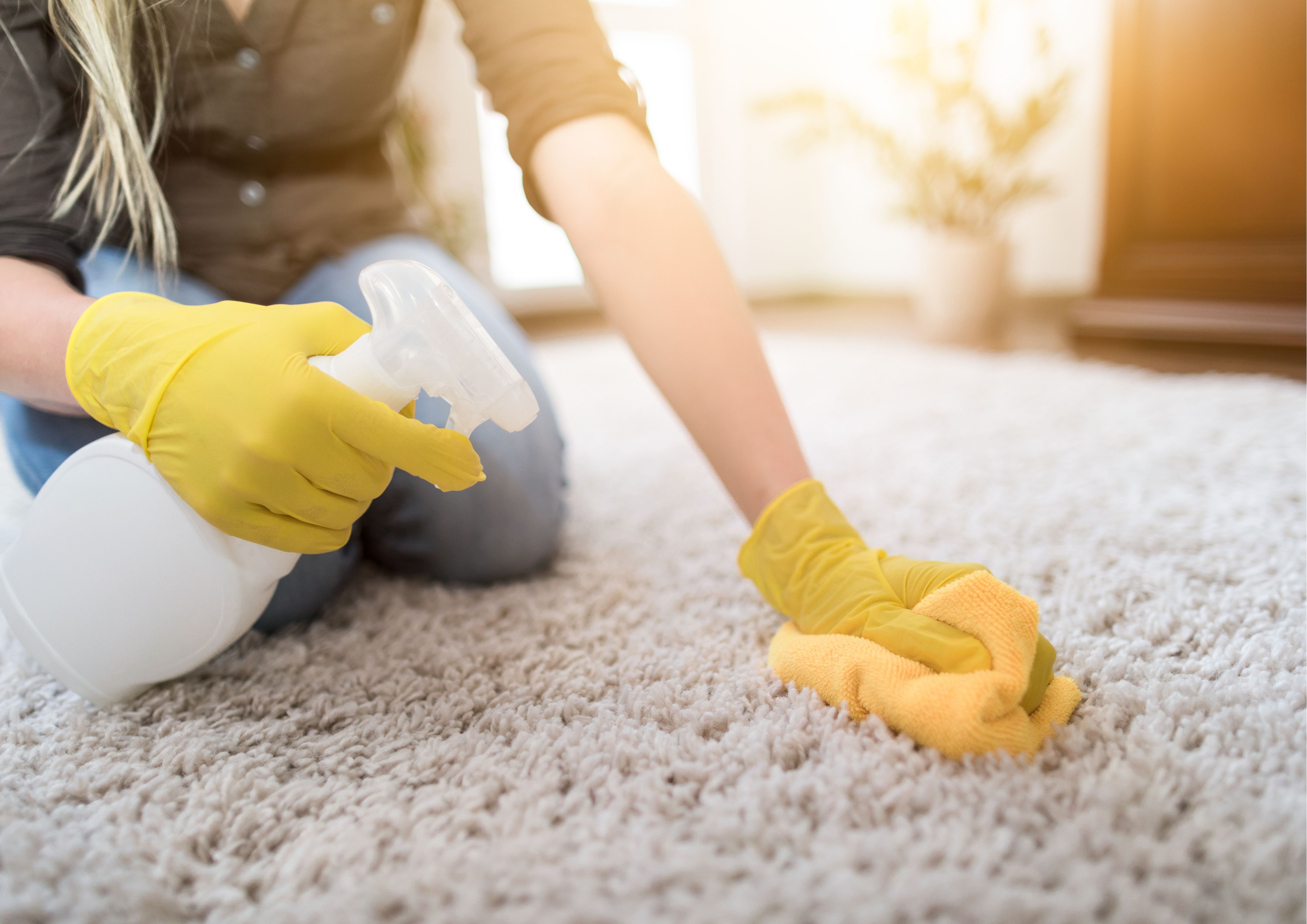
Have you ever thought about what might be hiding in your carpets? While they may look clean on the surface, carpets can conceal a host of allergens, dust mites, and bacteria that could be affecting your family’s health. But how much of an impact does carpet cleaning really have on your well-being? Is it just about keeping things tidy, or are there deeper health benefits to maintaining clean carpets?
In this guide, we’ll explore the connection between carpet cleaning and your family’s health. By the end, you’ll see why regular carpet care is more than just a household chore—it’s an essential part of creating a healthy living environment. Stick around, especially for the section on “Reducing Allergens in Your Home,” which might be the key to a healthier household.
What’s Lurking in Your Carpet?
Carpets are cosy and comfortable, but they can also be a breeding ground for allergens, bacteria, and other harmful particles. Over time, dirt, dust, and even skin cells can accumulate deep within the fibres, creating a perfect environment for dust mites and mould. These hidden contaminants can trigger allergies, asthma, and other respiratory issues, particularly in children and the elderly.
Regular vacuuming helps, but it’s not enough to remove all the deep-seated grime and allergens. That’s why professional carpet cleaning is so important—it reaches those hidden layers where regular cleaning can’t.
Have you or your family members experienced allergy symptoms that might be linked to your carpets? What steps have you taken to address this? Share your experiences in the comments below.
The Health Benefits of Regular Carpet Cleaning
Cleaning your carpets regularly can do wonders for your family’s health. It’s not just about keeping your home looking nice—there are real health benefits to be gained. For starters, removing dust, dirt, and allergens can lead to better air quality in your home. This is especially important if you have family members who suffer from allergies or asthma.
Additionally, professional carpet cleaning uses high-temperature water, which can kill bacteria and dust mites, creating a cleaner and safer environment for everyone in your home.
How often do you get your carpets professionally cleaned? Have you noticed any improvements in your family’s health as a result? We’d love to hear your thoughts in the comments below.
Reducing Allergens in Your Home: A Breath of Fresh Air
One of the biggest benefits of carpet cleaning is the reduction of allergens in your home. Allergens like pollen, pet dander, and dust mites can easily get trapped in carpet fibres, making it difficult to avoid them, even with regular cleaning. Professional carpet cleaning removes these allergens, significantly improving the air quality in your home.
For families with allergy sufferers, this can be a game-changer. Fewer allergens mean fewer triggers, leading to fewer sneezing fits, itchy eyes, and other uncomfortable symptoms.
Have you noticed a reduction in allergy symptoms after having your carpets cleaned? What changes have you observed in your home’s air quality? Share your experiences in the comments below.
Preventing Mould Growth: Protecting Your Family’s Health
Mould is another potential hazard that can be lurking in your carpets, especially in damp or humid environments. When carpets get wet and aren’t properly dried, they can become a breeding ground for mould, which can have serious health consequences. Mould spores can trigger allergic reactions, respiratory issues, and even more severe health problems if left unchecked.
Regular carpet cleaning, particularly with methods that use high-temperature water, can prevent mould from taking hold and spreading in your home.
Extending the Life of Your Carpet: Saving Money and Health
Beyond health benefits, regular carpet cleaning also extends the life of your carpets. Dirt and debris can wear down carpet fibres over time, making them look old and worn out faster. By keeping your carpets clean, you not only maintain a healthier home but also save money in the long run by not needing to replace carpets as often.
Plus, a clean carpet simply feels better underfoot and adds to the comfort of your living space. It’s a win-win for both your wallet and your family’s health.
Ready for a Healthier Home?
Keeping your carpets clean isn’t just about appearances—it’s crucial for maintaining a healthy home. From reducing allergens to preventing mould growth, regular carpet cleaning can make a significant difference to your family’s well-being. So, if you’ve been putting off that deep clean, now’s the time to get started.
If these points have got you thinking about the state of your own carpets, why not take action? A cleaner home is just a step away, and your family’s health is worth it. And if you know someone else who could benefit from this, share this guide with them—let’s help everyone enjoy healthier, cleaner homes.
If you found the information helpful, leave a comment, give it a thumbs up, and if you're new here, consider subscribing for more content like this. Until next time, may your home be a place of health and comfort. Thank you very much!
FAQ
How often should I have my carpets professionally cleaned?
For most households, having your carpets professionally cleaned every 12-18 months is recommended. However, if you have pets, children, or allergy sufferers in the home, more frequent cleaning may be necessary.
Can carpet cleaning help with asthma?
Yes, carpet cleaning can help reduce asthma triggers by removing dust, allergens, and pollutants that can accumulate in carpet fibres. This can lead to better indoor air quality and fewer asthma-related issues.
What’s the best method for cleaning carpets?
There are several effective methods for carpet cleaning, but steam cleaning (also known as hot water extraction) is often considered the best. It thoroughly cleans deep into the carpet fibres and effectively removes dirt, allergens, and bacteria.

 Log in with Facebook
Log in with Facebook 









